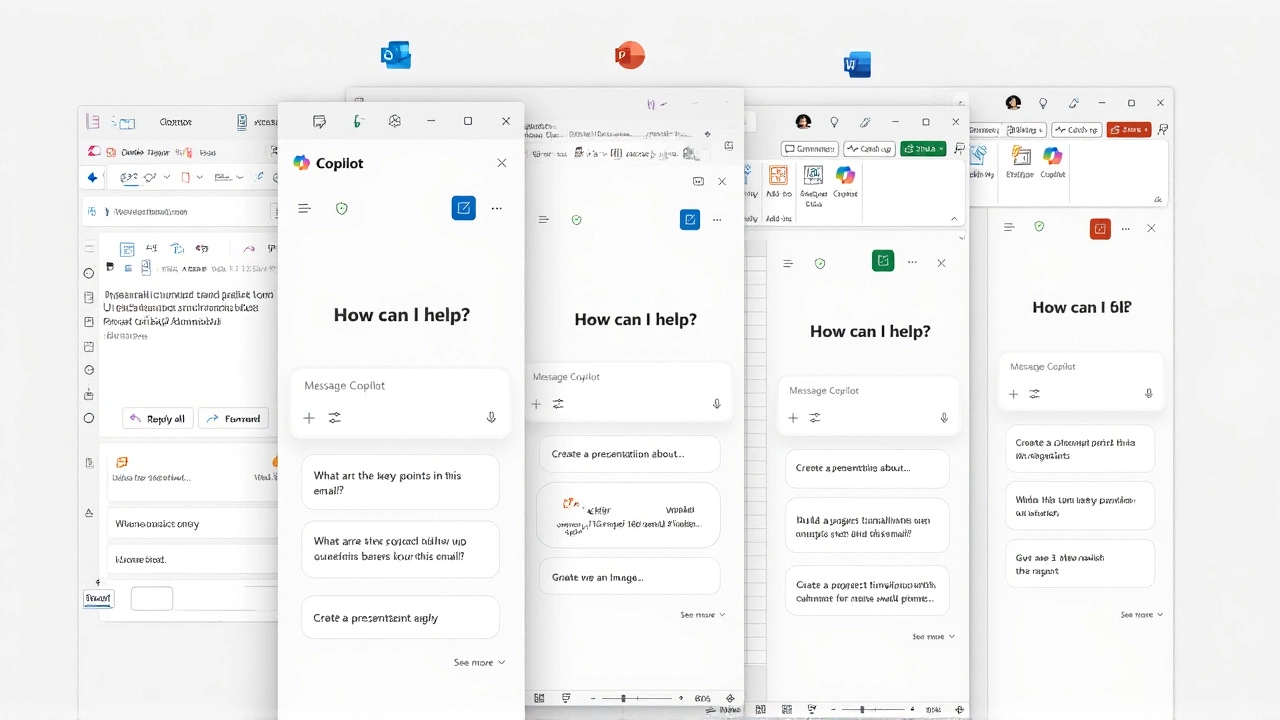Automotive Industry
When talking about Automotive Industry, the global network of companies that design, build, sell, and service motor vehicles and related parts. Also known as auto sector, it drives economies, fuels innovation, and shapes everyday mobility. This sector isn’t just about factories; it includes the showrooms where you pick a car, the roads you test it on, and the paperwork that makes it yours.
Key Players and Everyday Interactions
The first place most buyers walk into is a Car Dealership, a retail outlet where new and used vehicles are displayed, negotiated, and sold to customers. Inside, you’ll likely be offered a Test Drive, a short drive that lets a potential buyer experience a vehicle’s handling, comfort, and features. Both the dealership and the test drive shape the buyer’s perception and confidence before any money changes hands.
One reason a dealership might ask for a fee is the cost of Insurance, the policy that covers liability and damage risks while a vehicle is in use during that trial run. Insurance protects the dealer from accidents that could happen while the car is off the lot. In many cases, the fee is waived once the buyer commits to a Vehicle Purchase, the transaction where a buyer takes ownership of a car, either through cash, financing, or lease. This tie‑in shows how financing structures and risk management are interlocked in the industry.
Beyond the showroom, the industry is shifting fast. Electric powertrains, autonomous software, and subscription‑based ownership are redefining what a car means. These trends affect every step of the buying journey: a dealership now needs charging infrastructure, a test drive may include a demo of autonomous features, and insurance premiums are recalculated based on software updates.
Consumers also demand transparency. Online pricing tools, virtual showrooms, and instant financing approvals have turned the traditional haggling process into a data‑driven experience. When you compare a price online, the same data feeds into the dealership’s inventory management, influencing how they allocate test‑drive slots and set service appointments.
For anyone keeping an eye on the market, understanding these connections helps you spot opportunities. If a dealer is charging a test‑drive fee, ask whether it covers insurance, fuel, or staff time. The answer tells you how the business values customer experience versus cost recovery. Likewise, notice if a dealership is pushing a particular financing plan; that often reflects broader trends in loan rates and leasing popularity.
Below you’ll find a collection of articles that dive deeper into these topics. From the economics of test‑drive fees to the impact of electric‑vehicle incentives, each piece offers a clear, practical look at how the Automotive Industry works today. Whether you’re a buyer, a seller, or just curious about the road ahead, the posts will give you the details you need to make smarter decisions.
Ready to explore? Scroll down to see the full range of insights, tips, and real‑world examples that bring the automotive world to life.
Microsoft Unveils Agent Mode in Office Suite, Expands Free AI to Personal Subscribers
- Daxton Whitmore
- |
- |
- 0
Microsoft expanded AI-powered Agent Mode to personal Microsoft 365 subscribers at Ignite 2025, turning Word, Excel, and PowerPoint into conversational assistants powered by Work IQ and the Frontier program — a major shift in consumer AI access.
View moreWhy would a car dealership charge for a test drive?
- Daxton Whitmore
- |
- |
- 0
Test drives are an important part of car buying, allowing potential customers to experience the vehicle and make a more informed decision. However, some car dealerships charge a fee for a test drive. This fee may be used to cover the cost of insurance, fuel, or to cover an employee's time to accompany the customer on the test drive. In some cases, the fee may be waived if the customer purchases a vehicle from the dealership. Ultimately, the fee for a test drive is to cover the costs of the dealership and to ensure a safe experience for the customer.
View more
